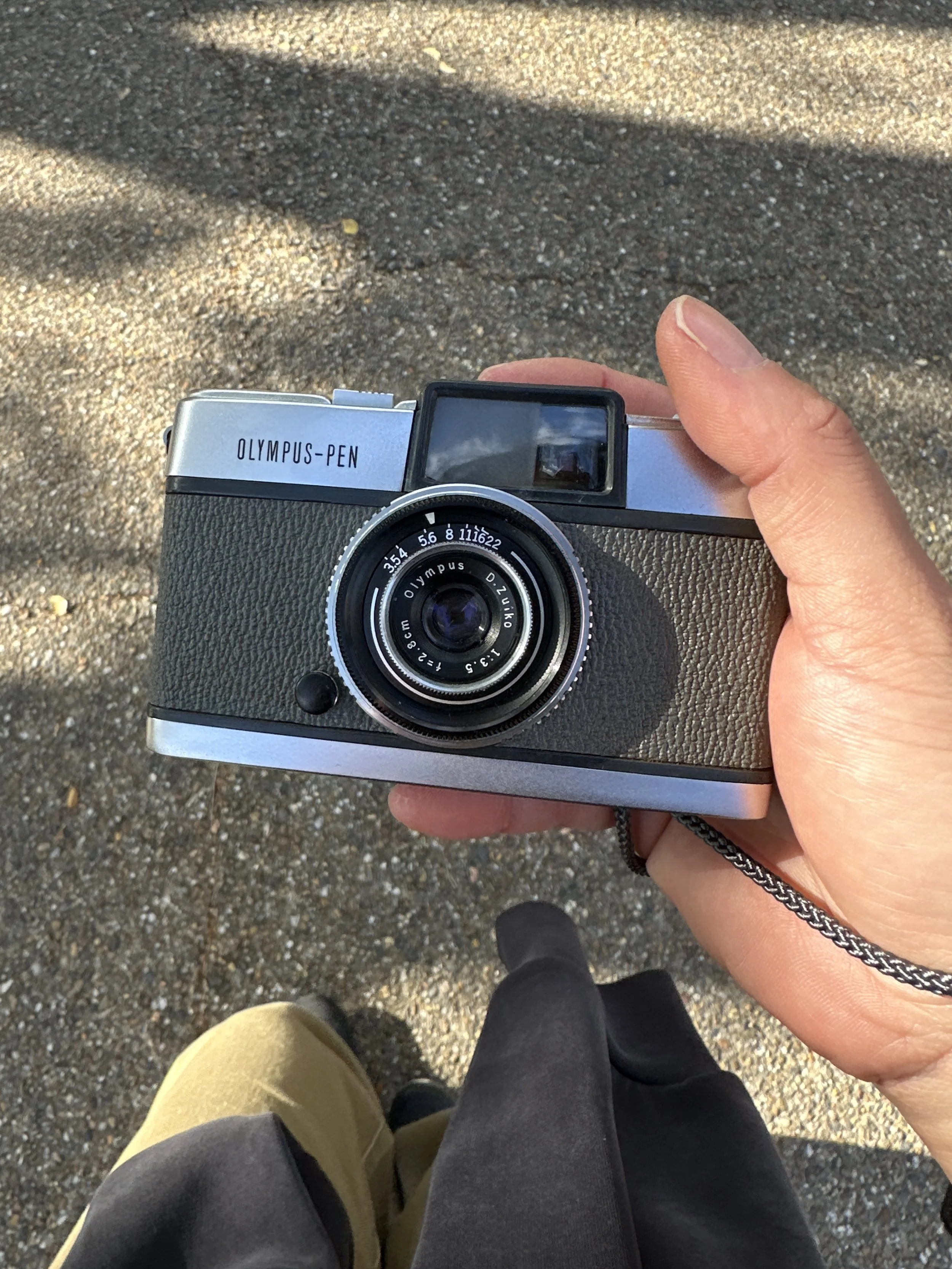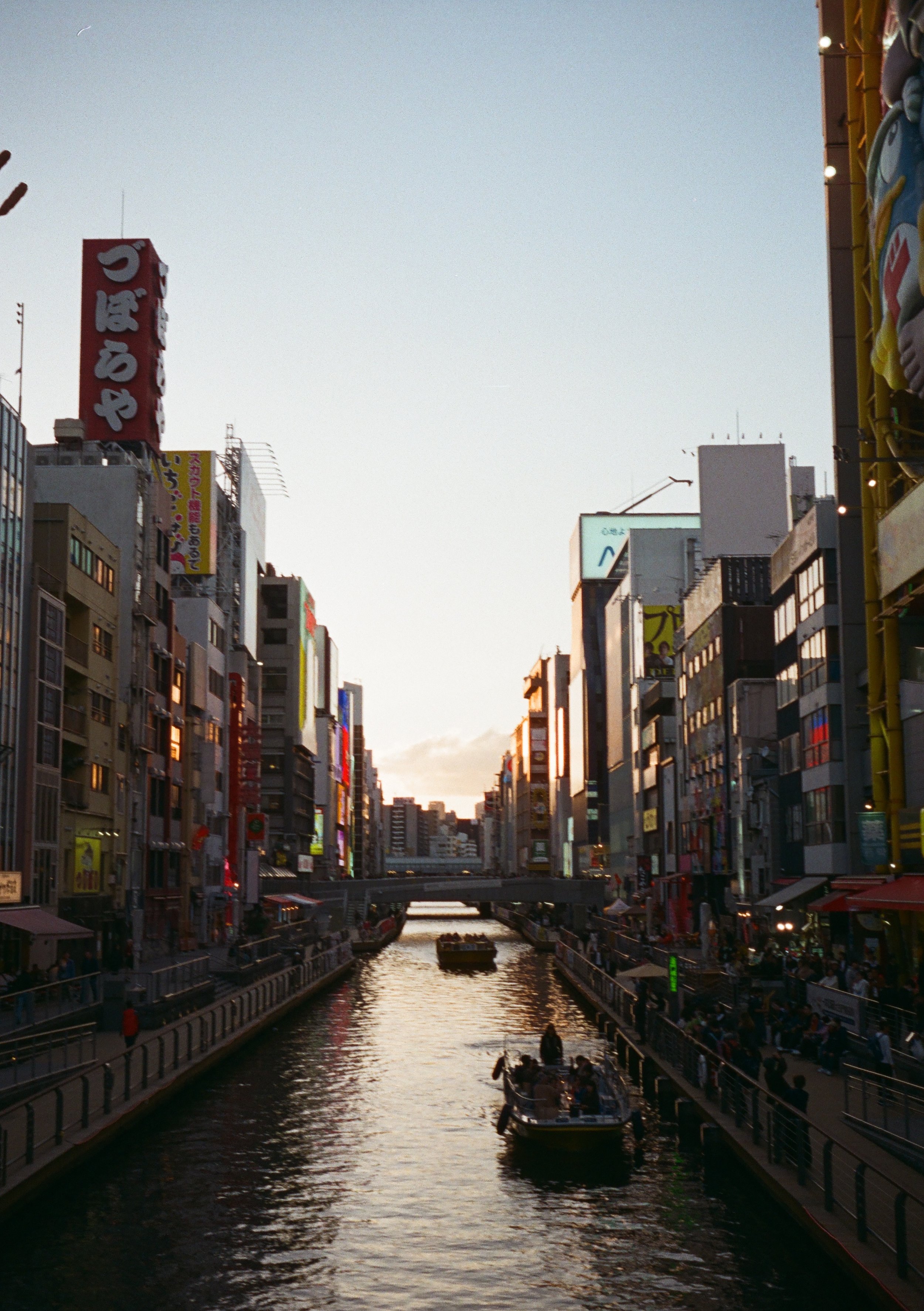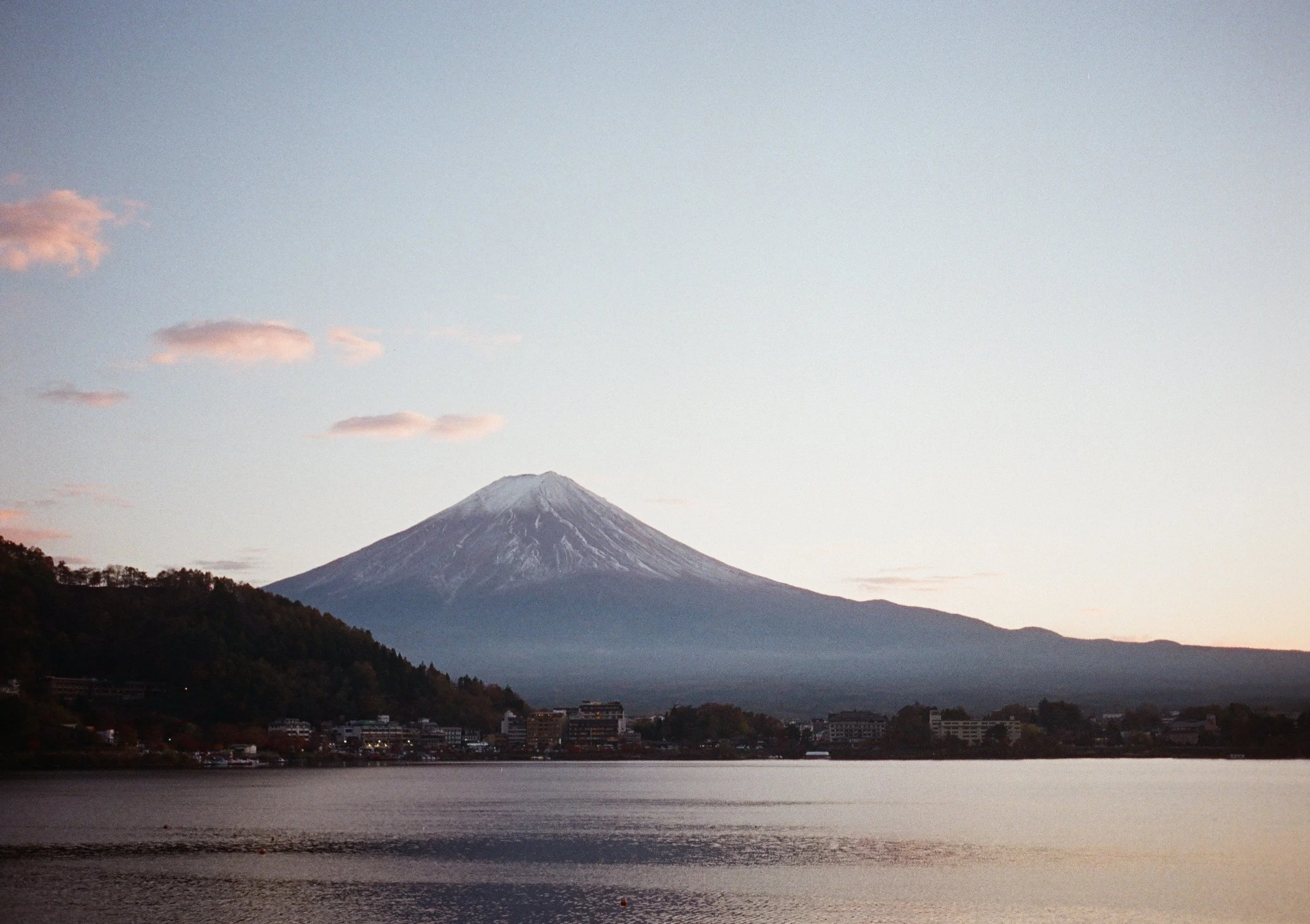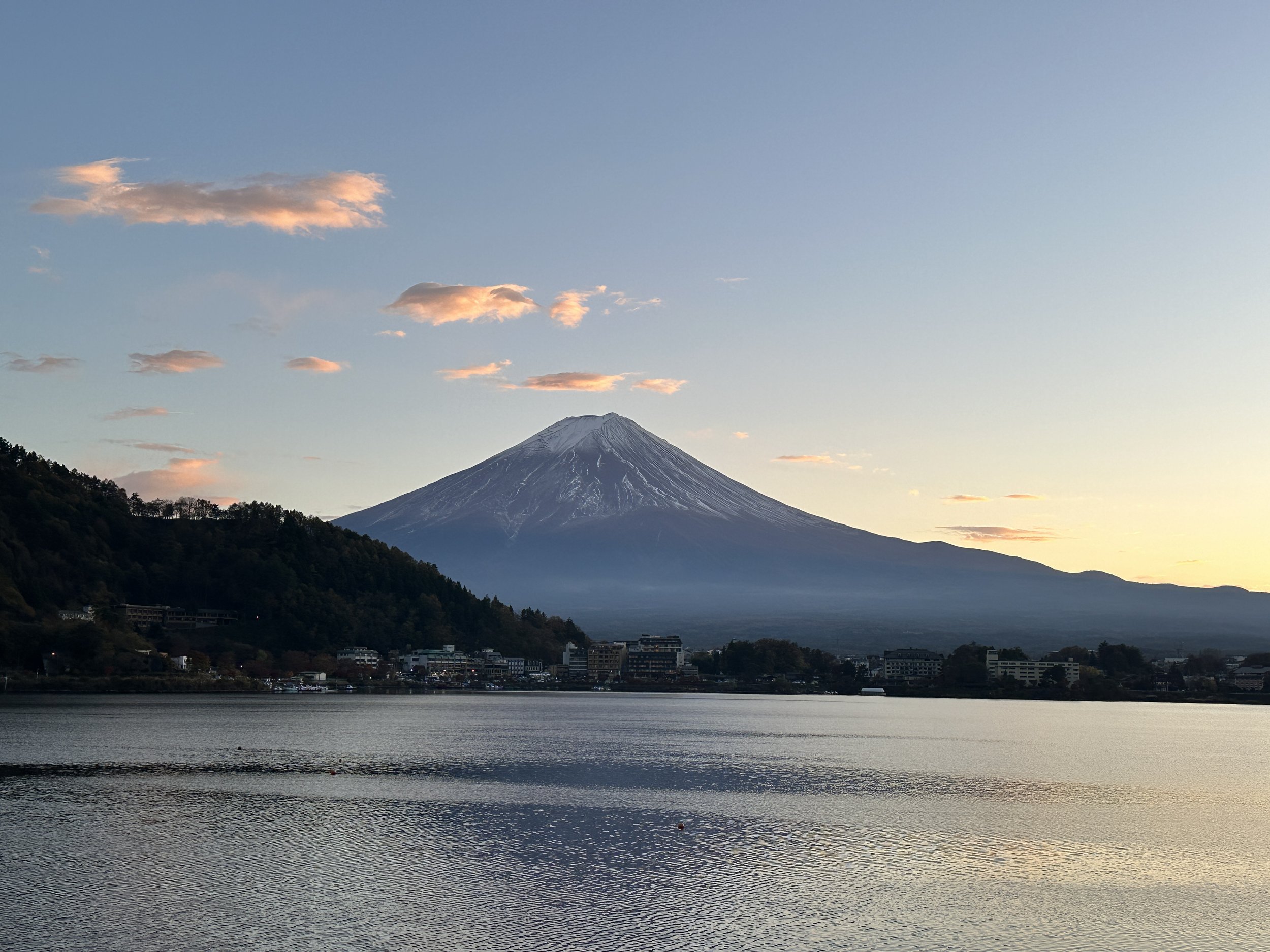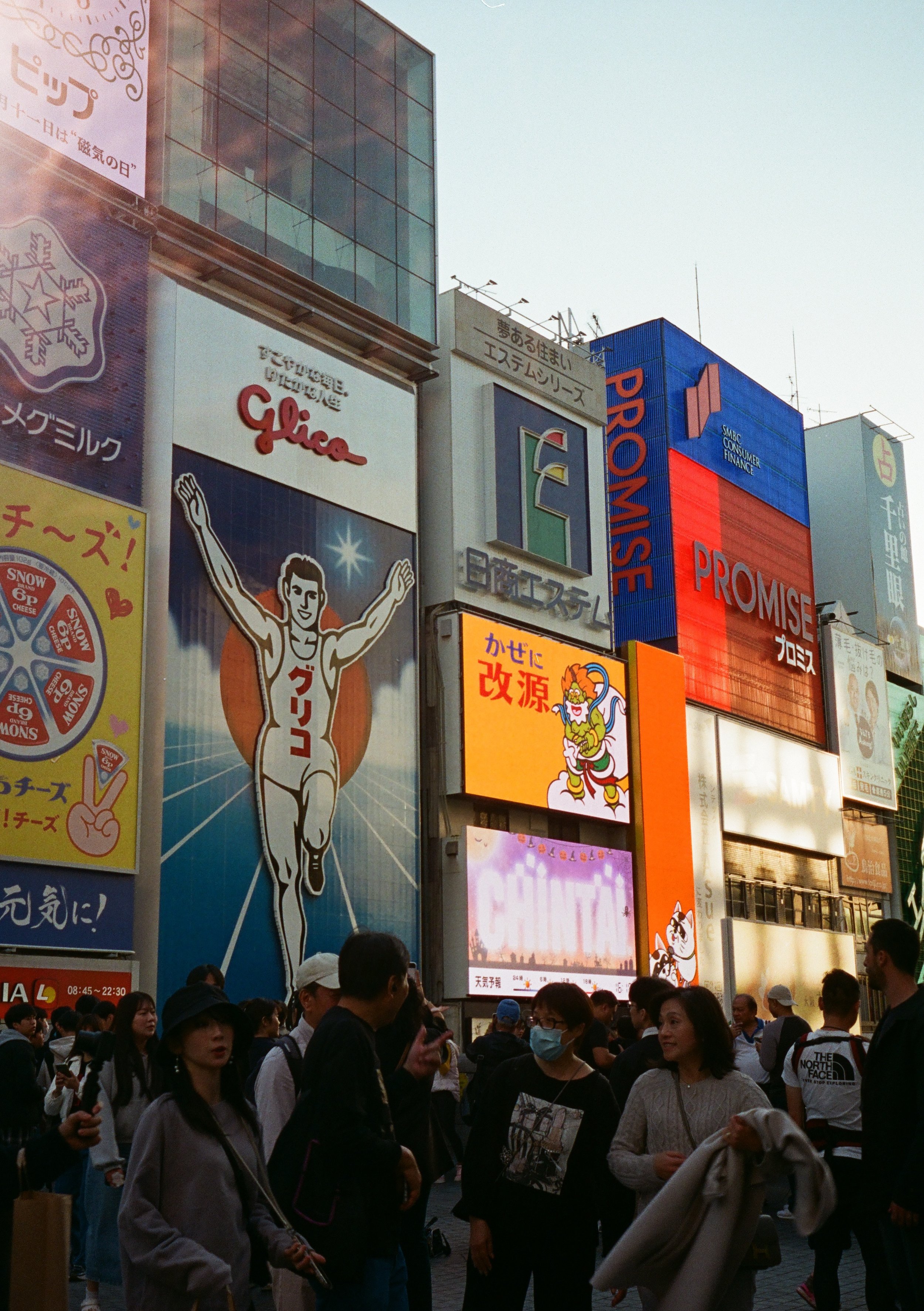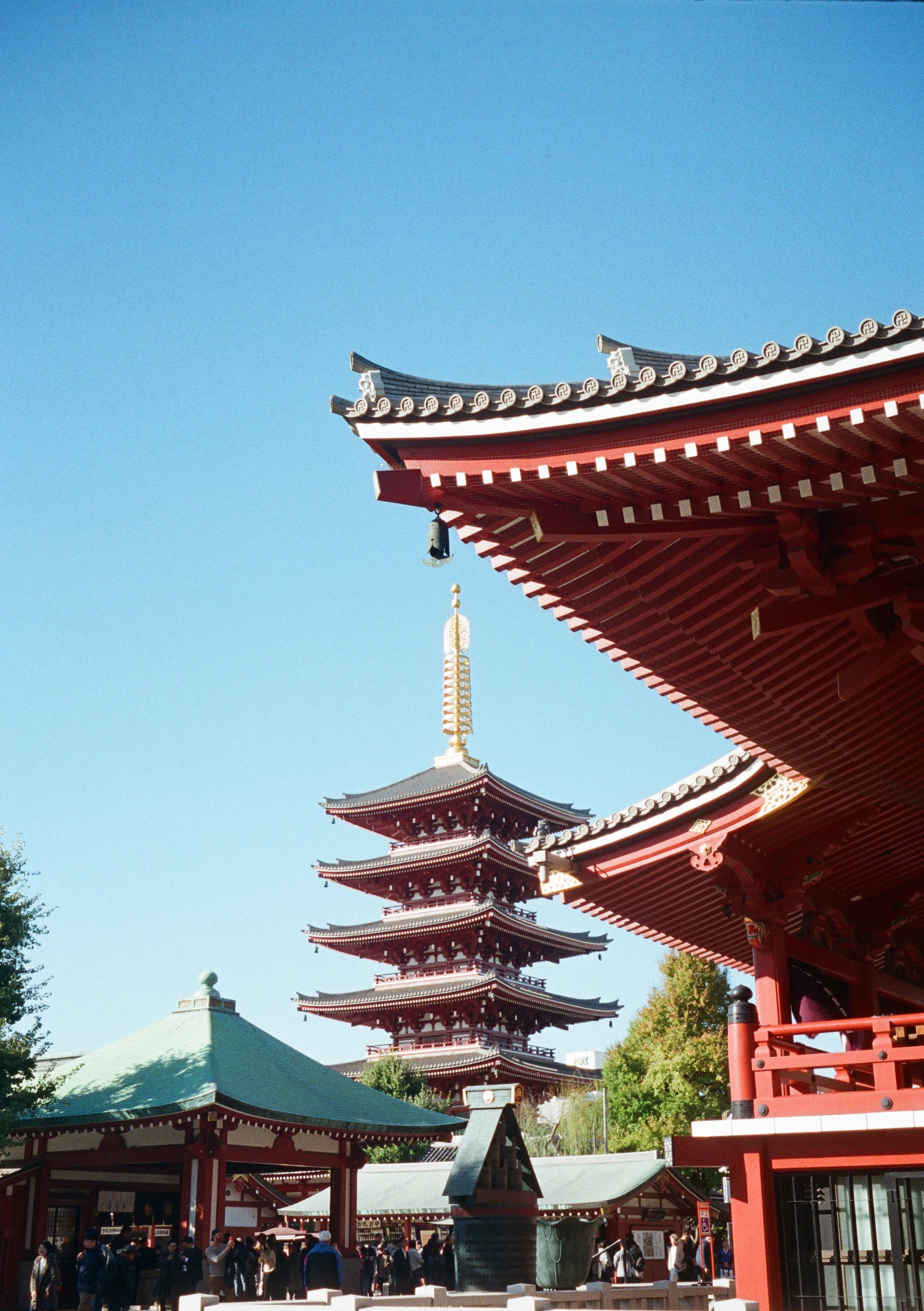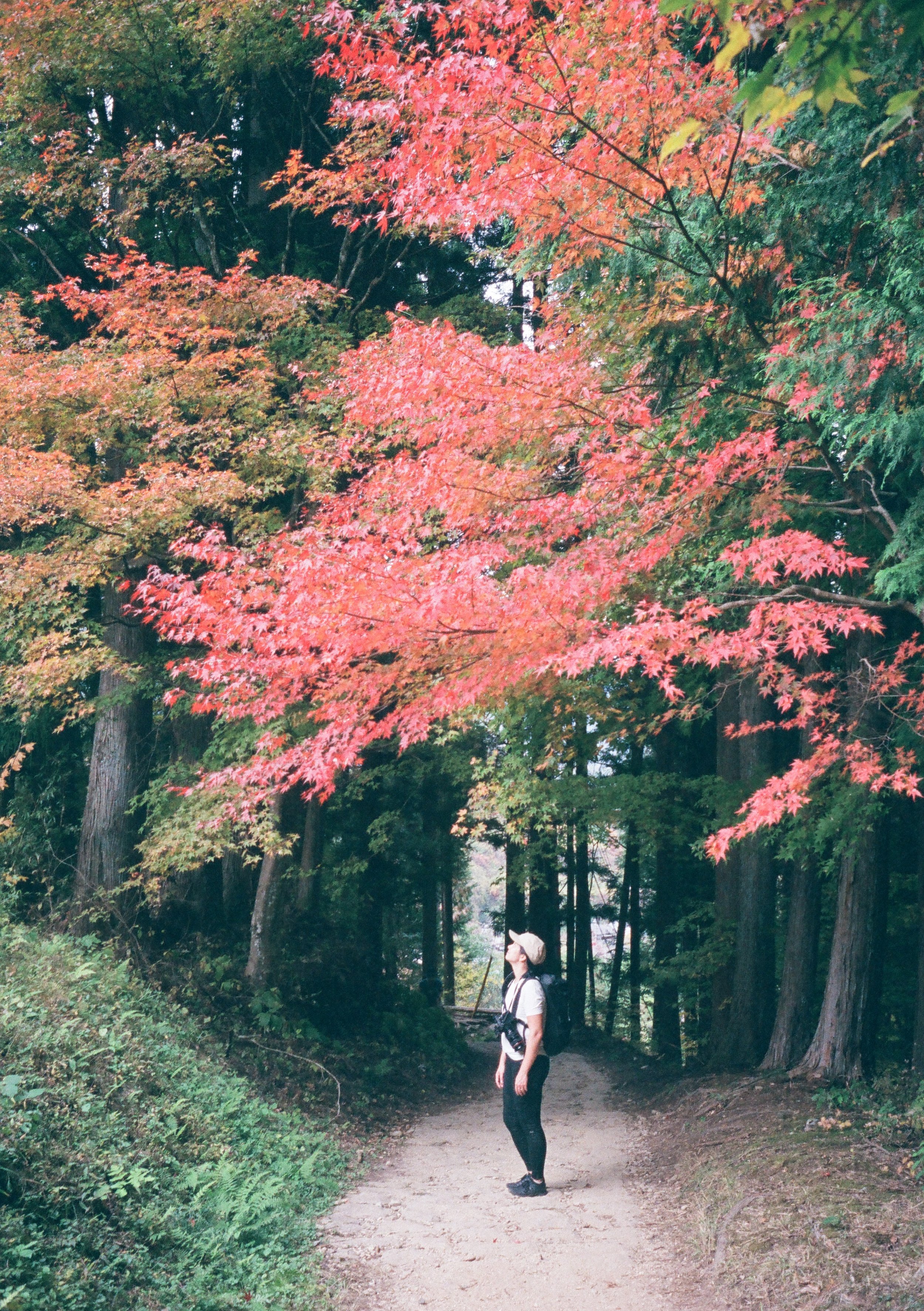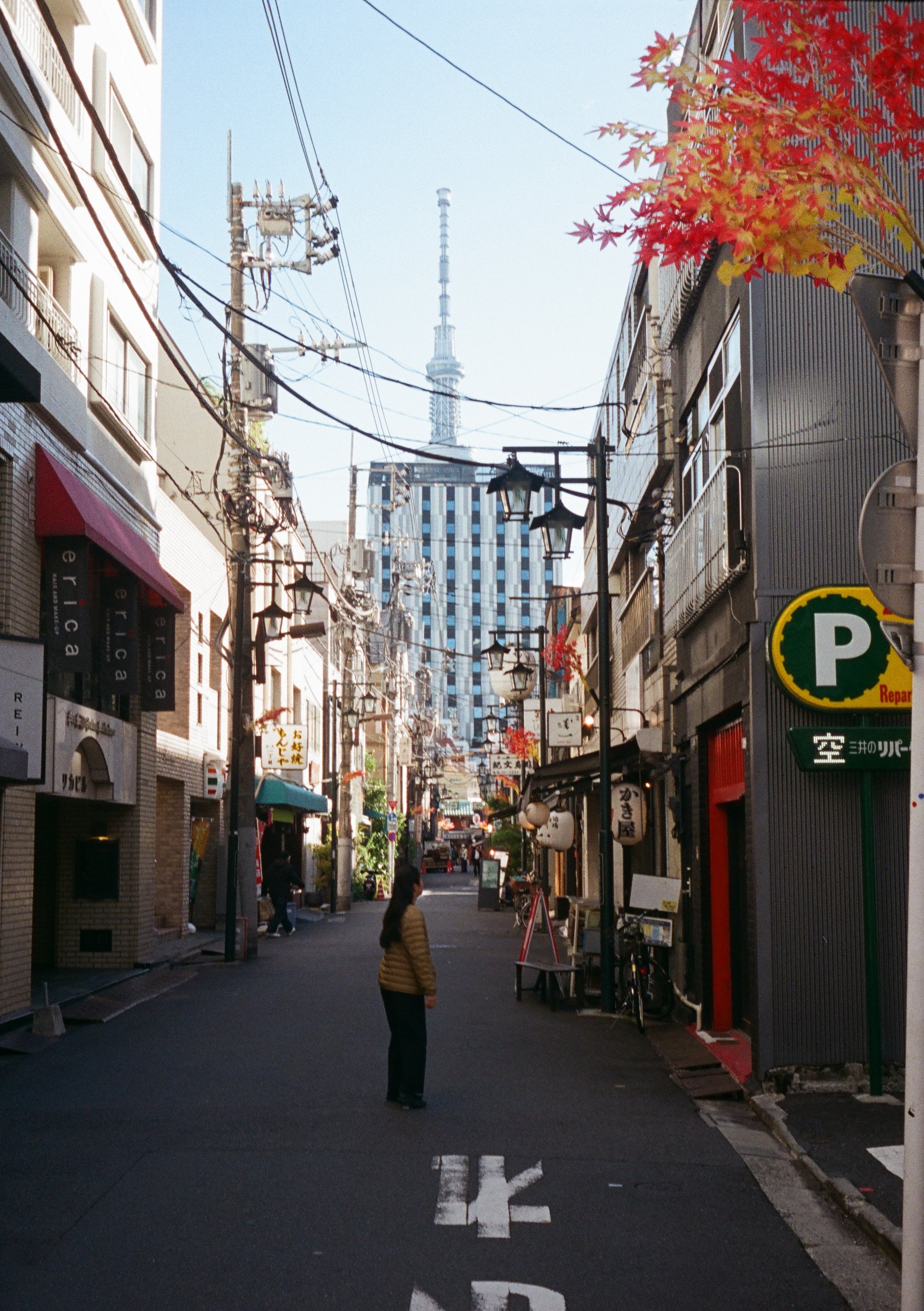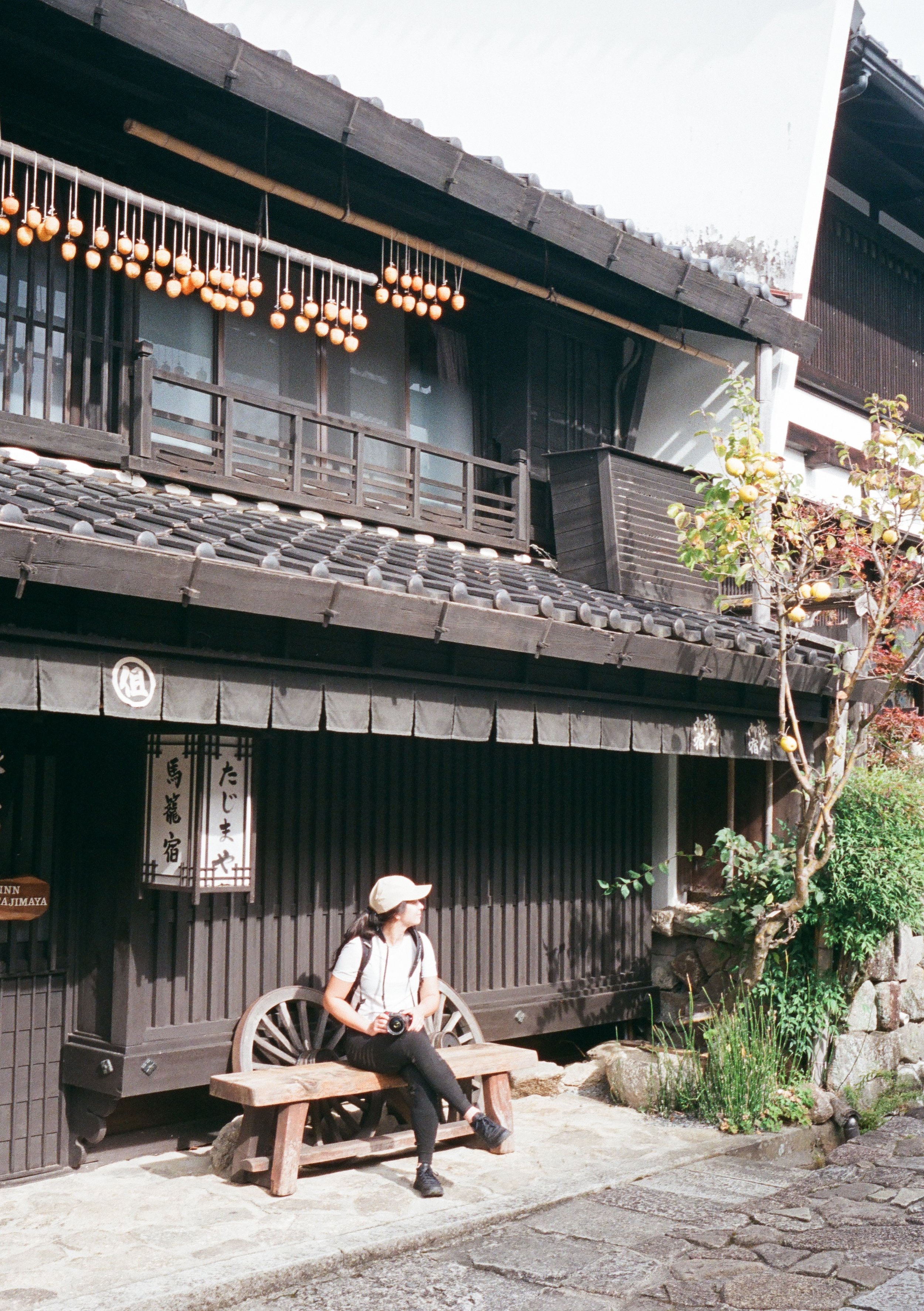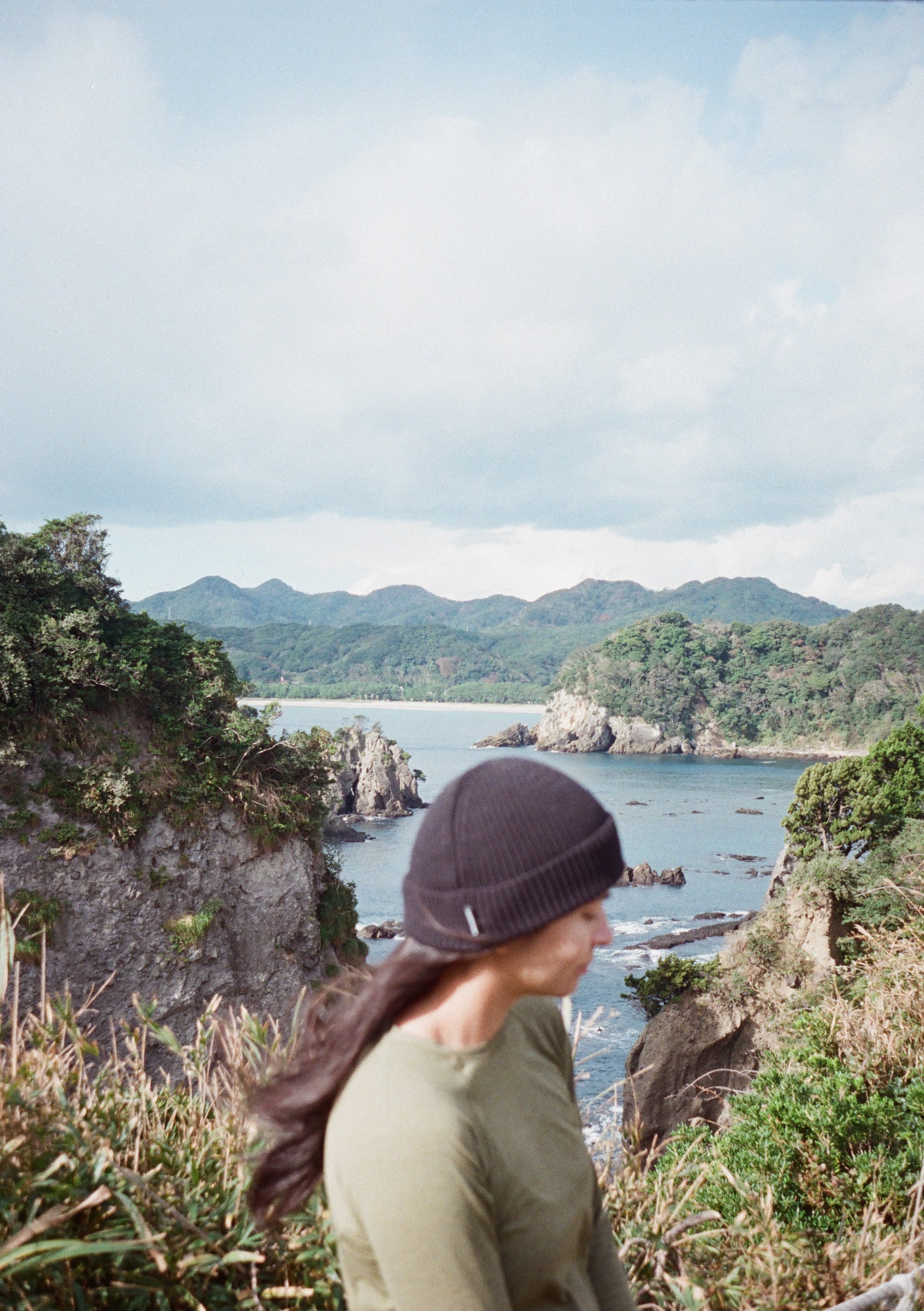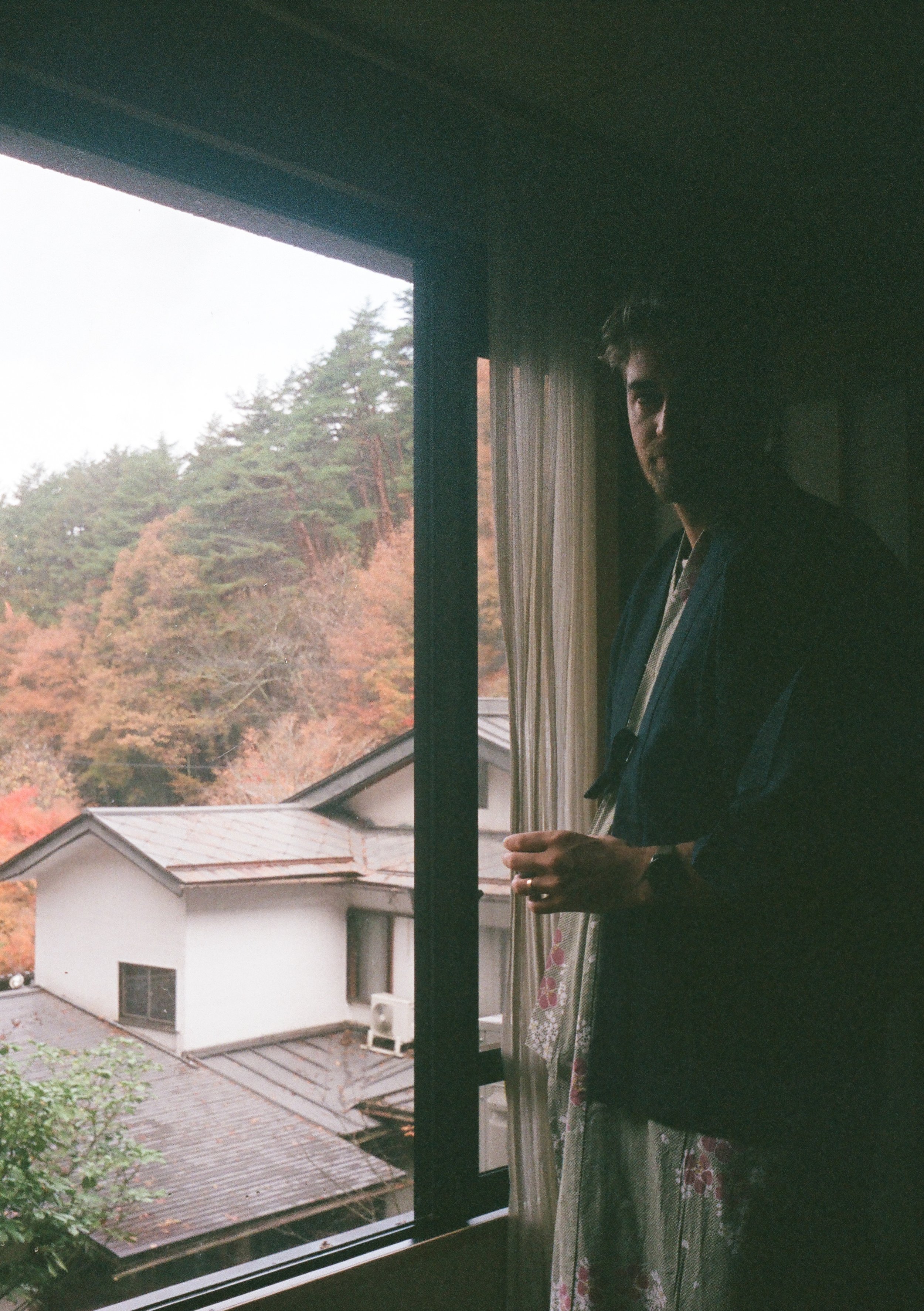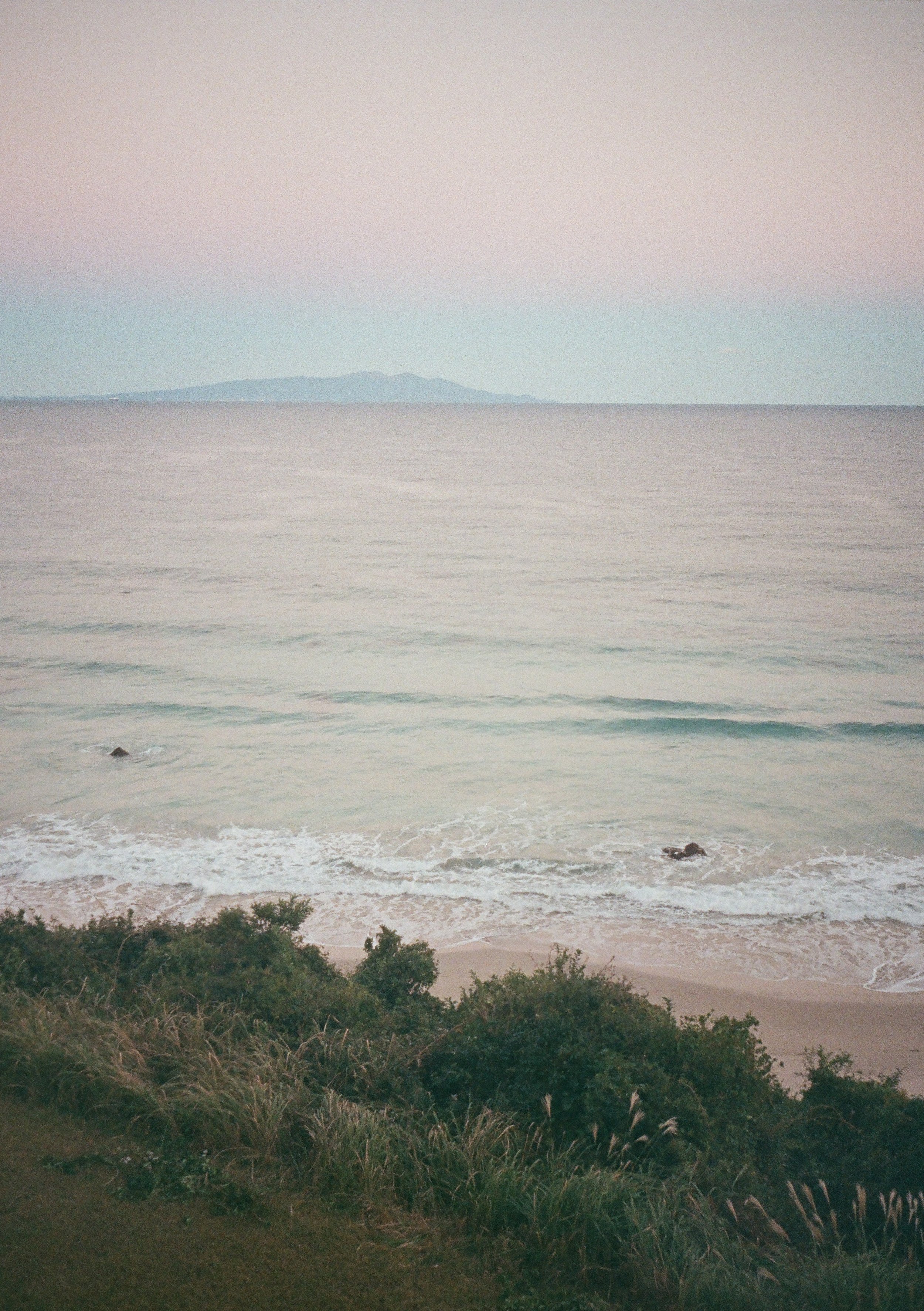Japan Exposed: A Month on Film
Is there anything more satisfying to a photographer than the ‘click’ of a shutter?
An Olympus-Pen from Camera Land Yaotomi in Osaka train station.
Last autumn, a subterranean camera shop in Osaka Train Station caught my eye. Its aisles were filled with neatly organized rows of vintage cameras from bygone eras. Travelling with only one rather full 35 L backpack for an entire month, I cast my gaze on the smallest cameras in the lot. Moments later, I was on a moving train with a new souvenir in hand: a vintage Olympus Pen half-frame camera loaded with Fujifilm Fujicolor Superia Color Negative film.
The evolution of photography
Nicéphore Niépce made the first known photograph, View From the Window at Le Gras, in 1826. That image was made by exposing a bitumen-coated plate in a camera obscura left on the windowsill of his countryside home for several hours. Since then, the process behind photography has evolved continuously. Photosensitive silver salts, wet collodion, glass plates, celluloid, silver-salted gelatin emulsions, the ‘integral tripack’ of Kodachrome film, and the silver halide emulsions of Polaroids all played a part before the dawn of the digital age.
Today, Darkrooms are out and Lightroom is in. Digital SLR and mirrorless cameras continue to advance in capability and decrease in size. Smartphone cameras shoot raw 4K video and can capture the northern lights. An estimated 57,000 digital images are taken globally each passing second; they must not only compete with each other but with the likes of composite photography and AI-generated fakes.
After contemplating the future of photography, I began to muse about its evolution. I had become most familiar with the process of lantern slide photography thanks to Mary Schaffer, the subject of my documentary film Wildflowers. In the early 1900s, she explored the wilderness of the Canadian Rockies on horseback and made lantern slide images on glass plates. I was feeling unsure about the Olympus-Pen in my pocket until I remembered that Schaffer was self-taught. I could figure this out. I grew increasingly excited about making a return to film photography.
Film vs. DIGITAL
Admittedly, I documented my month in Japan with a combination of cameras: my Canon R5C, an iPhone 15 Pro, and that little Olympus Pen. I shot most frequently with my iPhone, which was easy to wield on the move, amidst crowds, and inside bustling ramen shops. I turned to my new R5C when I had ample time to experiment and get to know the camera more intimately. But I enjoyed using the Olympus-Pen above all. Each ‘click’ of the shutter was deeply satisfying. Shooting on film also called for a more thoughtful approach; I took my time selecting subjects and composing images. Faced with the uncertainty of what I had (or hadn’t) captured, I duplicated some of the images on my iPhone. Just in case.
Dotonbori. Olympus Pen on Fujifilm
Dotonbori. iPhone15 Pro.
On the journey back to Canada, I diligently passed those precious rolls of film around airport security x-rays to keep them safe. I had the film developed at London Drugs and waited in anticipation as lab technicians worked their magic.
It wasn’t long before I got the images back. I peeled the sticky envelope flap open, held a strip of sepia-toned negatives up to the light for the first time in years, and thumbed through a glossy stack of 4x6’s. Anticipation dissolved into elation as warm tones, gentle grain, and small imperfections sparked nostalgia for each treasured moment captured.
Mount Fuji. Olympus Pen on Fujifilm.
Mount Fuji. iPhone 15 Pro.
A few more film photographs from Japan…
Some of the images are over- or underexposed. Others are out of focus. The photos I took on the R5C (below) are technically stronger, but they do not render the same emotions as their film counterparts. All in all, it was a beautiful experiment.
I ultimately found the process of shooting on film to be magical. Without the instant gratification of seeing how the image turned out, or being one click away from posting it on social media, I rediscovered the simple joy of capturing scenes for my own memory bank. I can’t think of a better souvenir of our month in Japan.












